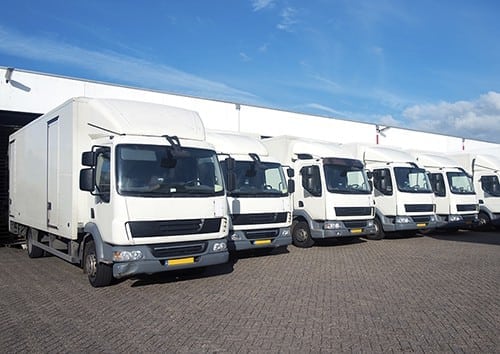
Transportation industry stakeholders are constantly searching for ways to improve safety. Our battery-powered yard trucks are ergonomically designed to reduce risk of injury when shunting trailers, while the Federal Motor Carrier Safety Administration (FMCSA) is focused on safe conditions for drivers.
In 2015 President Obama signed the FAST Act, a five-year transportation funding bill. Last August, in accordance with one of the requirements contained in the bill, the FMCSA filed a report with Congress about proposed changes to the Compliance, Safety, Accountability carrier safety rating program.
Prioritizing Safety in Transportation
The FAST Act included the following mandates for the FMCSA:
– CSA’s public SMS percentile rankings were to be pulled immediately from public view.
– The FMCSA was to contract the National Academies of Science (NAS) to study CSA and offer recommendations to improve its fairness and accuracy.
– Finally, the NAS findings were to be incorporated in a corrective action plan that the FMCSA would then submit to Congress.
Opening the Channels of Communication
In addition, the FMCSA planned a public meeting in late August to get feedback from industry stakeholders about the best methods to incorporate the corrective action plan. Prospective reforms in their 10-page report include:
– Changing the methods of calculating scores using improved data.
– Making the scores more user-friendly for carriers to interpret and calculate.
– Instituting an absolute scoring program that provides a universal standard rather than relying on relative scores.
Testing of the new system was scheduled to begin in September.
Promote Workplace Safety with Yard Trucks from DJ Products
Did you know that most injuries and property damage originate in the yard? Visit our website to learn how our Electric Yard Dog can make workers more productive with a lower risk of accidents and injuries.






